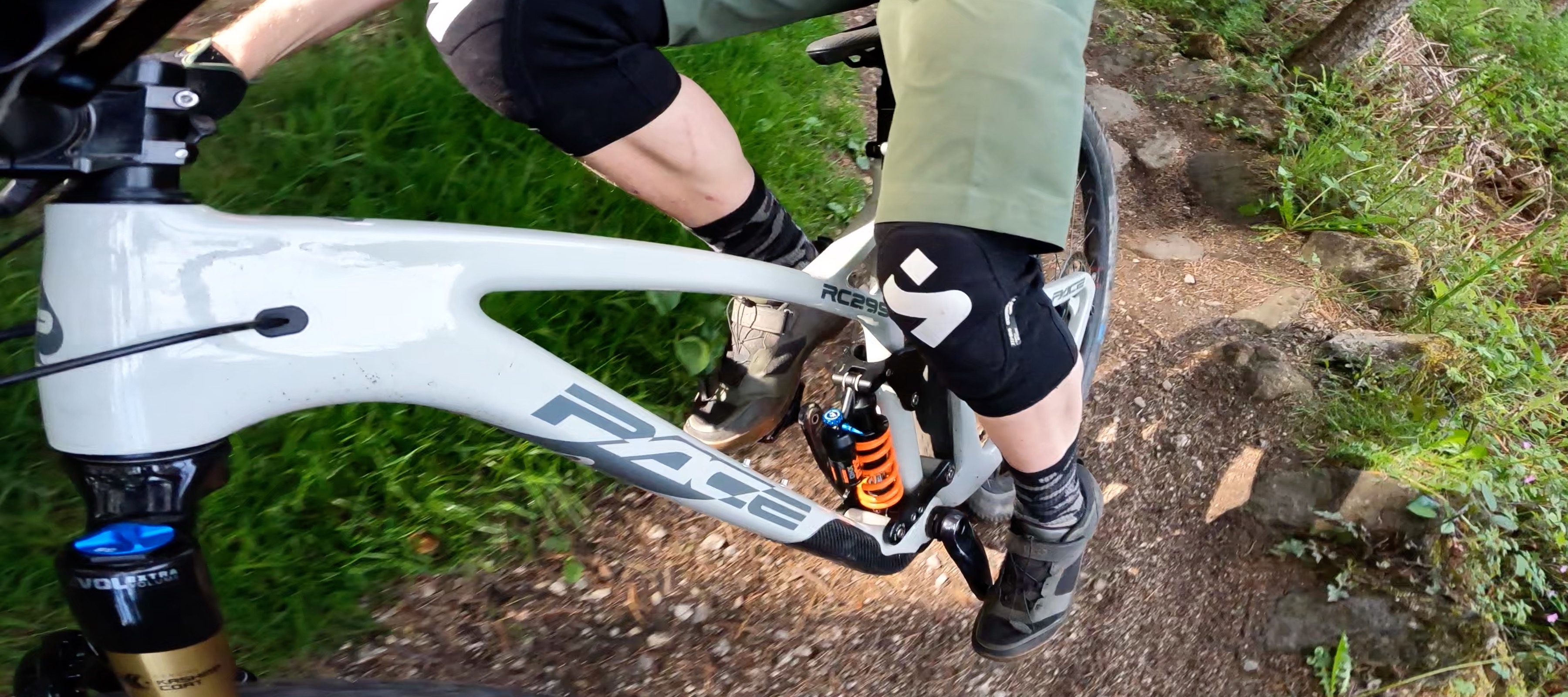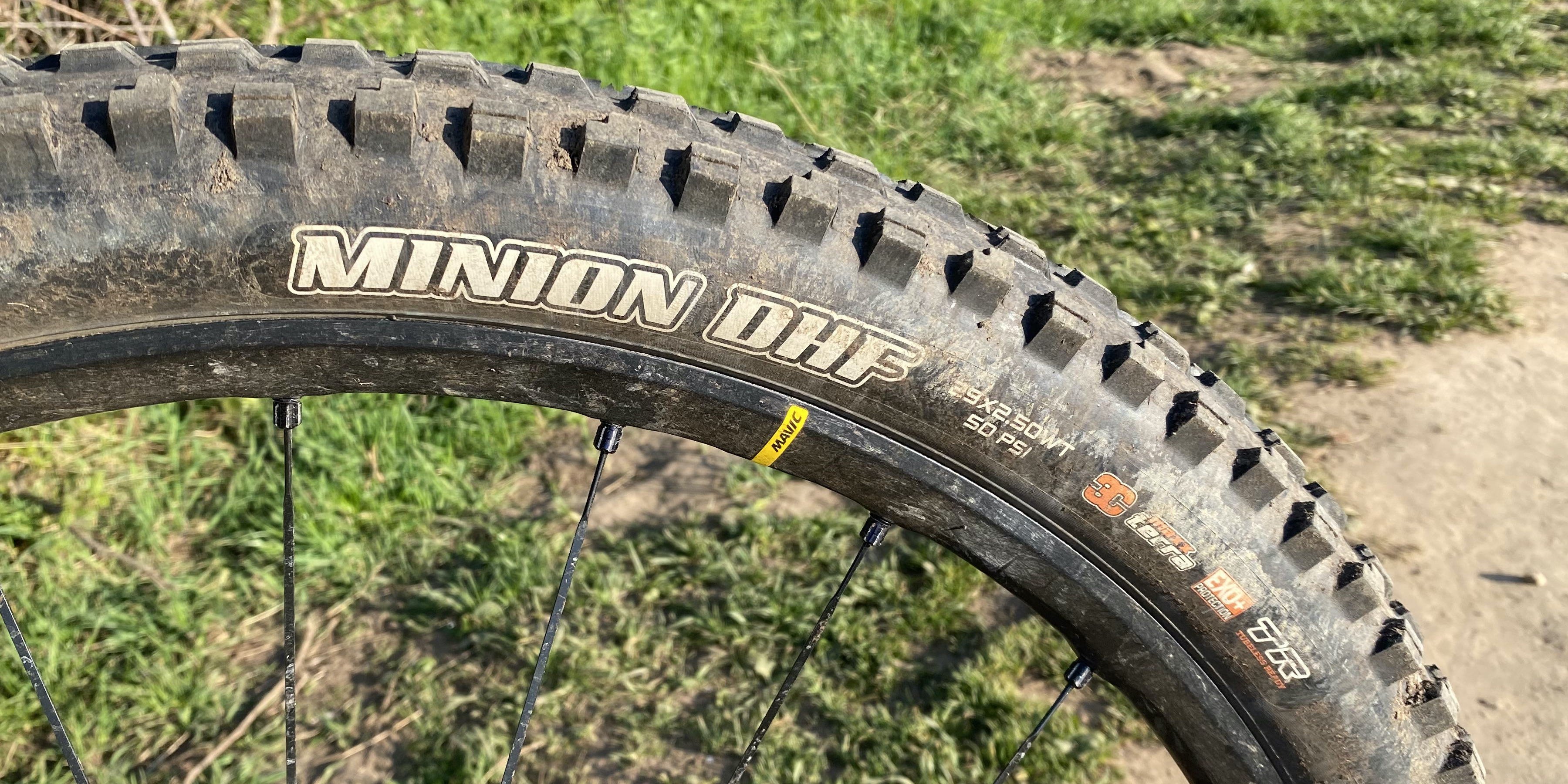Bespoken Word – everything you need to know about bike setup and why it's worth your time
A day before a major new product drops, Guy Kesteven talks through the processes and problems of setting up new kit to suit how you ride

We’re on the eve of a BIG product reveal on Bike Perfect which has inevitably meant a ton of testing, fettling and trying to fine-tune setup on the “newest best thing” as well as back to back comparisons with the “current best thing”. But even after 25 years of doing this kind of thing for a living there’s a lot of doubt and dithering about what I’m feeling and why. It’s not just me either as there’s still a whole load of chat flying around between me and the lads at MBR and even another trusted tester in Australia when anyone sane in the UK is asleep.
So why is setting stuff up sometimes much harder than it feels like it should be? What weight should you give to first instincts versus in-depth tuning? And what’s the best way to find the sweet spot with fresh component setup?

Hardly helping
In some cases setup is definitely not helped by the brands themselves. I mean is ANYONE still running a 2.5in Maxxis Minion DHF WT in the recommended 35 - 50 psi pressure bracket? And if they are, what else do they do for entertainment? Hit boulders with a scaffold pipe wearing studded gloves inside out?
There’s also a lot of peer pressure around about setup too, mostly by people pretending they hit stuff as hard as pro DH racers. Yes I’m looking at you everyone who used to set up their Fox forks like Aaron Gwin or that weird phase where your trailhead/forum bragging rights depended on how many volume spacers you’d stuck in your Lyrik fork. I swear at some point people had filled the entire air spring with plastic pucks and were taping them on the bottom of the fork leg just so they could say they were running even more.
Thankfully though things have got a lot better. The latest suggested air charts on the back of Fox forks no longer try and rub you face on the floor off the first drop. In general dampers ranges have got a lot more friendly and inclusive too so you don’t feel like you’re failing at life because you run everything full open and it still hurts.
Because all instructions are now a video on the internet not in a pamphlet in seventeen different languages, you’re more likely to actually learn something about how to get the best from your fresh kit before riding it too. Like finding out that while Fox have now numbered the clicks on their shock dampers to make recording setup easier, they always count up from fully closed. So running your LSC (Low Speed Compression) at ’10’ means you’ve got minimum damping on, while running it at '0' means full on. I mean, that’s as confusing as the fact that turning the rebound dial in the + direction actually means you get less rebound, because the label should really say ‘rebound damping’. And that’s before you get into high-speed and low-speed being nothing to do with the speed you’re going.

The basics
Even though components are generally far, far better than they’ve been before, in terms of most things doing a decent job you do need to pay attention when fitting new stuff and tuning it though. For example, check those pressure recommendations (or the weight you’ve said you are in riding kit) are giving you a reasonable sag level not sinking you too low. Have you matched tire pressure to rim width and carcass volume, because if you’re running the same pressures in a 2.5in tyre on a 30mm rim as you did in a 2.25in on a 25mm rim it’s going to feel like concrete.
And – this is a big one – if you’re fitting something new, don’t touch any of the other dials, adjustments or add other components into the confusion. Does your new £1000 fork feel harsher than you were expecting or is that hand pain coming from the color matched grips you added at the same time?
Also – another big one – if you really want to get your new kit dialed-in quickly set time aside for a proper setup session. One where you hit different sections over and over again. Tweaking the available adjustments each time so you can feel the changes they make in direct comparison. Then move to another, i.e. rocky/rooty rather than swoopy/bermy, and find the best settings for that until you’ve either got a setup that works OK across every sort of terrain you ride or you know what settings to use.
Last but not least – another big one that nobody actually does but you really should - when you find those sweet spot settings – stick them in a note on your phone. That way when Rich the IT guy who can’t be trusted to leave dials alone ‘has a quick go’ you won’t be back to square one with your set-up.

Believe the feel not the hype
While everyone wants their latest purchase to deliver life changing loveliness – and many manufacturers will promise exactly that – if you’re going to get it working right, you need to be totally honest with how it actually feels. Never underestimate your first impressions. The longer you spend riding something, the more you adapt to how it feels and the harder it becomes to tune. So even if you’ve only got ten minutes before a ride and a curb in the car park to do a basic dial-in on, then get busy before you start to adjust yourself to the new stuff rather than vice-versa. As a caveat to that, make sure you give a product time to fully get into it’s stride. Chains and cables settling in is a definite thing and some forks also take a while to loosen up their seals and get into their stride. As a result, we’d often have written something very different after the first ride than we'll end up writing after doing proper due diligence.
And as gut wrenching as it can be sometimes, make sure you're totally honest with yourself about the ‘new best thing’ you’ve bought. Because that tire that’s always been dependable almost certainly hasn’t got slipperier overnight because you’ve changed stem length, and if your bike pedaled fine before you put that gorgeous looking new coil shock on, then you know who’s the real culprit if it now feels like a slug.
Regardless of your experience or how much you think you do (or don’t) understand, have faith in those feelings too. I hear far too many people say “oh well, I can’t really tell, I don’t ride enough” or “it doesn’t really matter what I think”, when the truth is, the less experienced you are, the more pure your feedback often is. My wife and daughters don’t ride much, but their feedback when they do is totally brutal and often extremely insightful. Precisely because they’ve got no baggage or unconscious bias from ‘experience’. If they think something feels crap or the way it works makes no sense, they’ll call it out straightaway. They don’t think, “it’s got this new thing taken from professional power tool technology that should make it feel like this” or “because this is a single-tube damper not a twin-tube then when I hit this, the following ought to happen.” And even if what the product is doing in its current setup might make sense for one sort of rider/racer, then who cares. The only rider you ever need it to work well for is you.

The end result
And hopefully that’s the kind of perspective we provide in our reviews on Bike Perfect. Putting in the time to cut through the hype, discussing the details that matter to the actual performance and then explaining who it’s going to suit and why. And if there’s some tricks or tips that’ll get you into the sweet spot sooner then we’ll obviously let you know those too. Because while bouncing round on three different forks in a workshop at 2am to meet a deadline is a weird way to make a living, and it’s a privilege I, and the rest of the team, take very seriously. Getting riders on the right product that'll work for them is always the important thing, not just regurgitating a press release or believing the hype so I can get to bed at a reasonable hour or dodge an awkward chat with a distributor.

Guy Kesteven has been working on Bike Perfect since its launch in 2019. He started writing and testing for bike mags in 1996. Since then he’s written several million words about several thousand test bikes and a ridiculous amount of riding gear. He’s also penned a handful of bike-related books and he reviews MTBs over on YouTube.
Current rides: Cervelo ZFS-5, Specialized Chisel, custom Nicolai enduro tandem, Landescape/Swallow custom gravel tandem
Height: 180cm
Weight: 69kg
